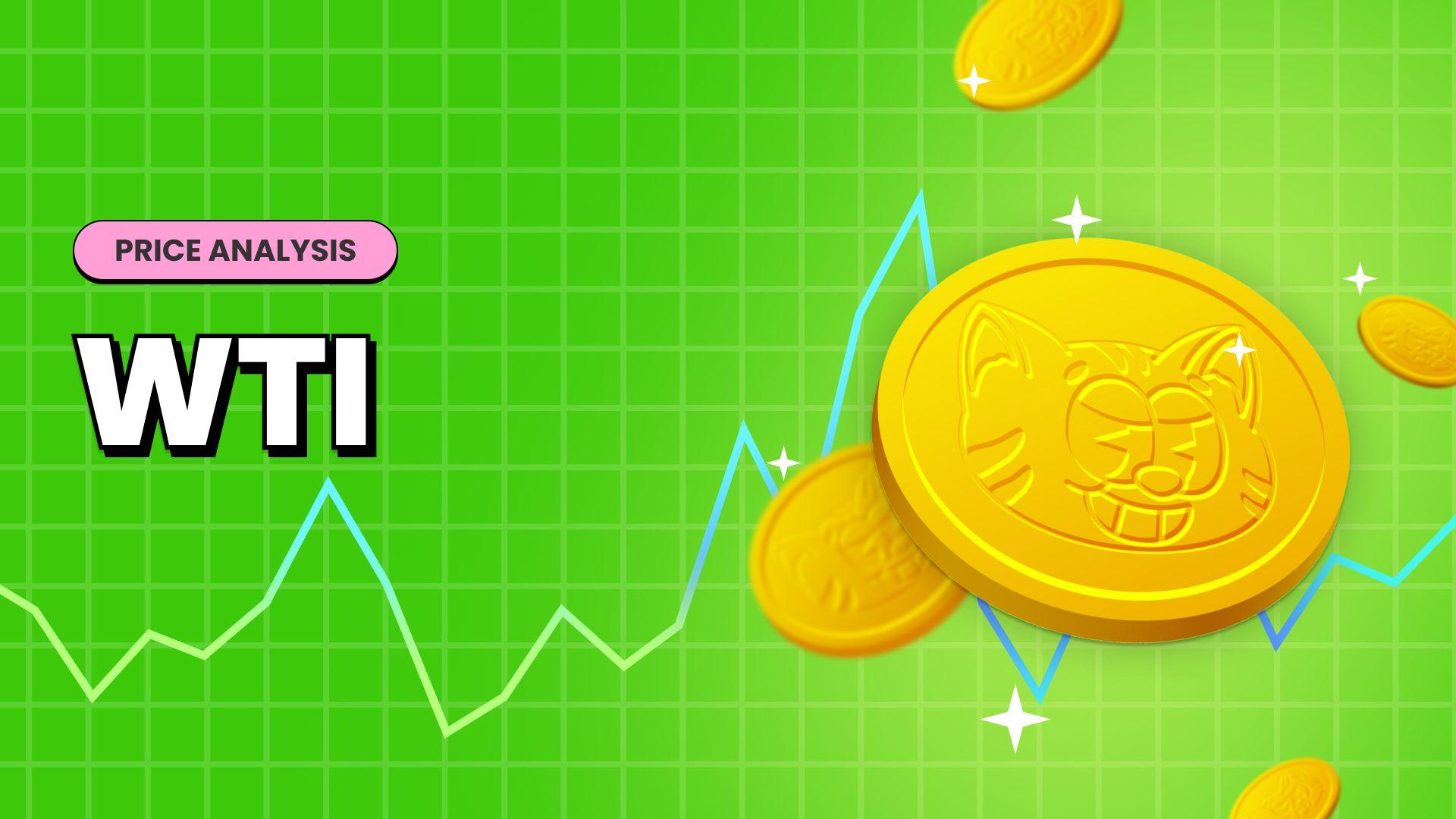Understanding CNH vs CNY in Chinese RMB






Key Takeaways:
- CNY and CNH represent different forms of the Chinese Renminbi (RMB)
- CNY is the onshore currency used within mainland China, while CNH is the offshore counterpart primarily traded outside mainland China
- CNY has more restrictions on convertibility due to the Chinese government's control over its value and movement
The Chinese Renminbi (RMB) plays a pivotal role in the global economy, and two of its commonly discussed forms are the offshore Chinese Yuan (CNH) and the onshore Chinese Yuan (CNY). In this article, we will navigate the nature of CNH and CNY, shedding light on their meanings, uses, and the factors that influence their values. Whether you're a finance enthusiast, a global businessperson, or simply curious about the mechanics of the world's second-largest economy, this exploration will provide valuable insights into understanding CNH versus CNY in the realm of Chinese RMB.

What are CNY and CNH?
CNY - The onshore rate being used in mainland china, only can be accessed even with PBOC designated clearing banks appointed by PBOC
CNH - The offshore rate being traded globally, can be accessed even without PBOC designated clearing banks
CNY, or the Chinese Yuan - represents the onshore currency unit in mainland China. At the same time, CNH, or the Chinese Yuan Offshore - refers to the offshore counterpart primarily traded outside mainland China in locations such as Hong Kong. CNY and CNH are equivalent to one unit of Renminbi (RMB), China's official currency. Renminbi (RMB) translates as "people's currency" and represents the legal tender used across mainland China. However, when it comes to international transactions, CNH is often utilized due to its flexibility in being traded on offshore markets. CNH allows foreign investors greater access and more straightforward transactions with the Chinese economy, contributing significantly to China's international trade and financial activities.

The Rate of CNY and CNH
The table below highlights the daily exchange rate for the CNH and CNY against the US Dollar and between the two currencies over a five-day period in August 2023. While the exchange rates for CNH and CNY are pretty close, there are slight differences. These differences can be attributed to various factors, including market demand, capital flows, economic indicators, geopolitical events, and central bank policies.
Date | CNH Rate to USD | CNY Rate to USD | CNH Rate To CNY |
2023-08-23 | 7.28497 | 7.2765 | 0.99807 |
2023-08-22 | 7.30375 | 7.2927 | 0.99775 |
2023-08-21 | 7.28631 | 7.2871 | 0.99949 |
2023-08-18 | 7.30643 | 7.2808 | 0.99553 |
2023-08-17 | 7.30106 | 7.2906 | 0.99704 |
The differences between CNY And CNH
While both CNY and CNH refer to the Chinese yuan, they do have key differences, which include:
CNY | CNH | |
| Location of Usage |
|
|
| Convertibility |
|
|
| Exchange Rate Management: |
|
|
| Market Factors |
|
|
| Usage for International Trade |
|
|
In conclusion, understanding the difference between CNH and CNY in the Chinese RMB is crucial for anyone dealing with China's currency. While CNH and CNY represent the Chinese renminbi, their trading mechanisms and geographical restrictions differ. CNH, "Chinese Offshore Non-deliverable," is a freely tradable currency primarily used outside China, allowing businesses and individuals to conduct transactions in offshore financial centers. On the other hand, CNY, known as "Chinese Onshore Deliverable," is used within mainland China and is subject to stricter capital controls. Gaining a comprehensive understanding of these distinctions empowers businesses and investors to navigate the complexities of China's financial landscape effectively.

Are you looking to start trading in the Forex Market? You can Enjoy FREE USD 10,000 Virtual Funds for trading by Signing Up on Pocket Trader. With Pocket Trader, You can invest in multiple markets, including currencies, indices, and commodities, learn from experienced traders and share ideas with pocket trader’s social features to build wealth together.


